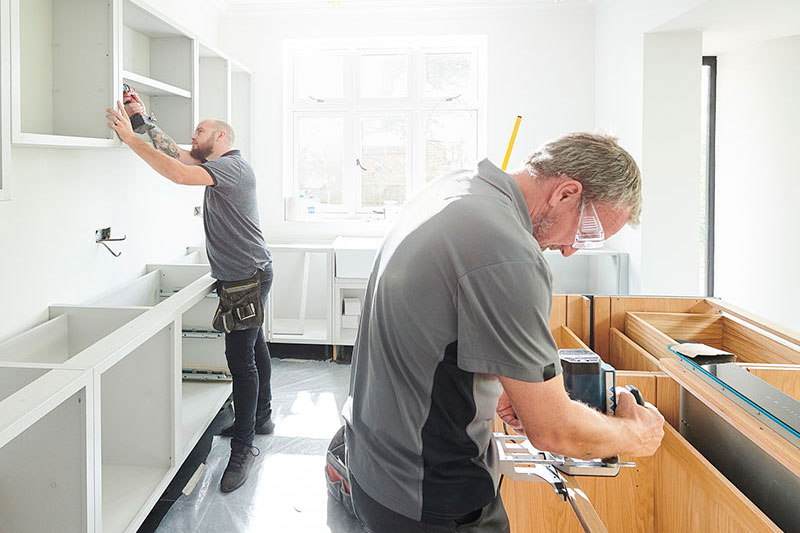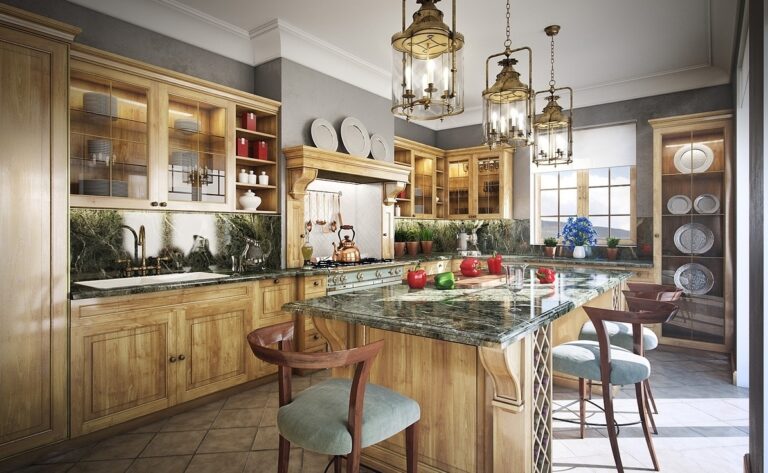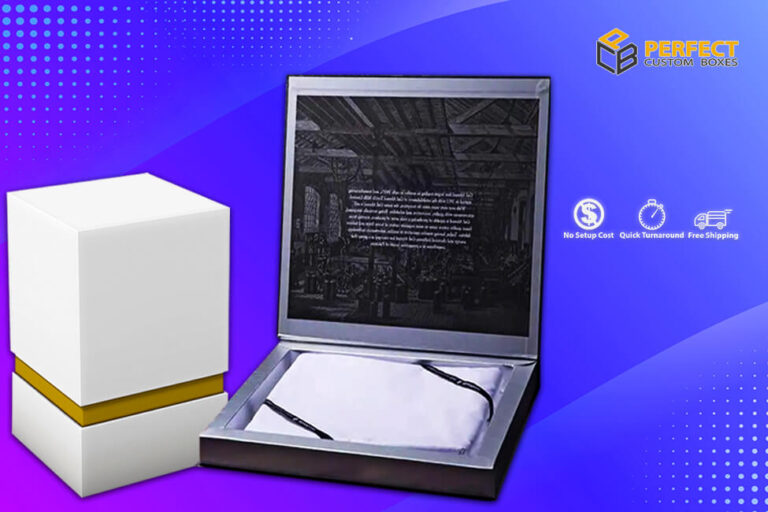
The Art of Cabinet Refinishing
Cabinet refinishing is a transformative and cost-effective way to breathe new life into your kitchen. Instead of replacing cabinets, which can be a significant expense, refinishing allows you to update and revitalize the heart of your home. In this guide, we’ll explore the art of cabinet refinishing, providing you with valuable insights and step-by-step instructions to achieve a stunning and refreshed kitchen aesthetic.
I. Assessing the Cabinets
Before diving into the refinishing process, assess the condition of your cabinets:
- Structural Integrity: Ensure that the cabinets are structurally sound and in good condition. If there are significant issues, it might be worth consulting a professional.
- Material Type: Different cabinet materials require specific refinishing techniques. Identify whether your cabinets are wood, laminate, or another material.
- Existing Finish: Take note of the current finish. If it’s heavily damaged or peeling, refinishing is an ideal solution.
II. Gathering Materials and Tools
To embark on your cabinet refinishing journey, gather the necessary materials and tools:
- Screwdriver: For removing cabinet hardware and doors.
- Sanding Blocks or Electric Sander: To smooth the surfaces for the new finish.
- Wood Filler: For repairing any dents, scratches, or holes.
- Quality Paint or Stain: Choose a paint or stain suitable for your cabinet material and desired finish.
- Primer: Use a high-quality primer to ensure proper adhesion of the new finish.
- Paintbrushes or Sprayer: Depending on your preference and the type of finish, you may opt for brushes or a paint sprayer.
- Protective Gear: Safety first! Wear goggles, gloves, and a mask to protect yourself during the refinishing process.
III. Step-by-Step Refinishing Process
Follow these steps to achieve a professional-looking cabinet refinishing:
1. Remove Hardware and Doors:
- Use a screwdriver to remove cabinet doors and hardware. Label each piece to make reassembly easier.
2. Clean and Prep Surfaces:
- Clean the cabinet surfaces thoroughly to remove grease and grime. Sand the surfaces to create a smooth base for the new finish.
3. Repair and Fill:
- Use wood filler to repair any imperfections, such as dents or scratches. Sand again after the filler has dried.
4. Apply Primer:
- Apply a high-quality primer to ensure the paint or stain adheres properly. Let the primer dry completely before moving on.
5. Sand Again:
- Lightly sand the primed surfaces to create a smooth texture for the final finish. Wipe away any dust with a damp cloth.
6. Apply Paint or Stain:
- Use a paintbrush or sprayer to apply the chosen paint or stain evenly. Allow each coat to dry before applying the next, and follow the manufacturer’s recommendations for drying times.
7. Seal the Finish:
- Once you achieve the desired color and finish, seal the cabinets with a clear topcoat to protect against wear and tear.
8. Reassemble Cabinets:
- Once everything is dry and cured, reattach the cabinet doors and hardware. Take your time to ensure proper alignment.
IV. Cabinet Refinishing Tips and Tricks
- Color Choice: Consider light colors to brighten the space or dark colors for a dramatic effect. Neutral tones are versatile and timeless.
- New Hardware: Updating cabinet hardware can complement the new finish and give your kitchen a cohesive look.
- Professional Assistance: If you’re unsure or dealing with intricate details, consider consulting a professional for advice or assistance.
VI. Conclusion
The art of cabinet refinishing offers a creative and budget-friendly way to revitalize your kitchen. By carefully assessing your cabinets, following a meticulous refinishing process, and incorporating personal touches, you can achieve a fresh and stylish look that transforms your kitchen into a space you love.
Read More:
V. Frequently Asked Questions (FAQs)
- How long does the cabinet refinishing process take?
- The timeline depends on factors such as drying times between coats. On average, it may take a few days to a week.
- Can I refinish laminate cabinets?
- Yes, you can refinish laminate cabinets with proper preparation and the right type of primer and paint.
- Is sanding necessary for cabinet refinishing?
- Sanding is crucial for creating a smooth surface and promoting proper adhesion of the new finish.
- Can I change the color of my cabinets completely?
- Absolutely! Cabinet refinishing allows you to completely change the color and finish of your cabinets.
- How often should I refinish my cabinets?
- The frequency depends on factors such as wear and tear and personal preference. On average, every 5-10 years is common.



